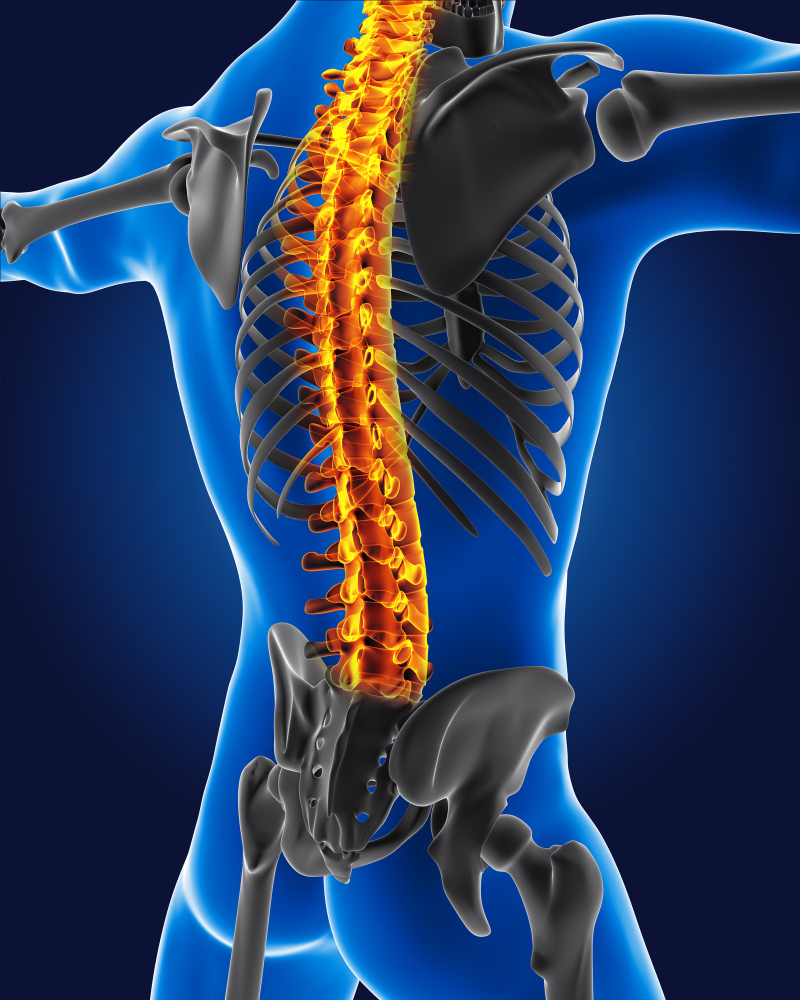


Myelomeningocele
Myelomeningocele is the most severe form of spina bifida, a congenital closure defect of the spinal cord. In this condition, the spinal bones do not fully develop, and both the spinal cord and the meninges (the protective membranes surrounding nerve tissue) protrude through the vertebral defect in a sac.
Characteristics
The spinal cord and nerves are exposed or extend into a sac that protrudes outside the body.
It is typically seen as a bulge in the lower back or spine.
It often leads to neurological deficits, difficulty walking, bladder control issues, and hydrocephalus (fluid accumulation in the brain).
Causes
The exact cause is unknown, but environmental and genetic factors, such as folic acid deficiency, increase the risk.
Symptoms
Loss of sensation and motor function below the waist
Bladder and bowel control problems
Deformities in the legs (such as clubfoot)
Associated with Chiari Type II malformation in the brain (which may lead to hydrocephalus)
Diagnosis
Prenatal ultrasound and maternal blood alpha-fetoprotein (AFP) testing can detect myelomeningocele before birth.
Postnatal physical examination and imaging (MRI, CT scan) confirm the diagnosis.
Treatment
Surgical repair: The sac is closed shortly after birth to reduce the risk of infection.
Shunting for hydrocephalus: A shunt may be placed to manage fluid buildup in the brain.
Rehabilitation, orthopedic support, and urological treatments may be necessary.
Outcome
With treatment and support, life expectancy and quality of life can be improved. However, myelomeningocele can lead to permanent neurological damage, so early diagnosis and a multidisciplinary approach are critical.